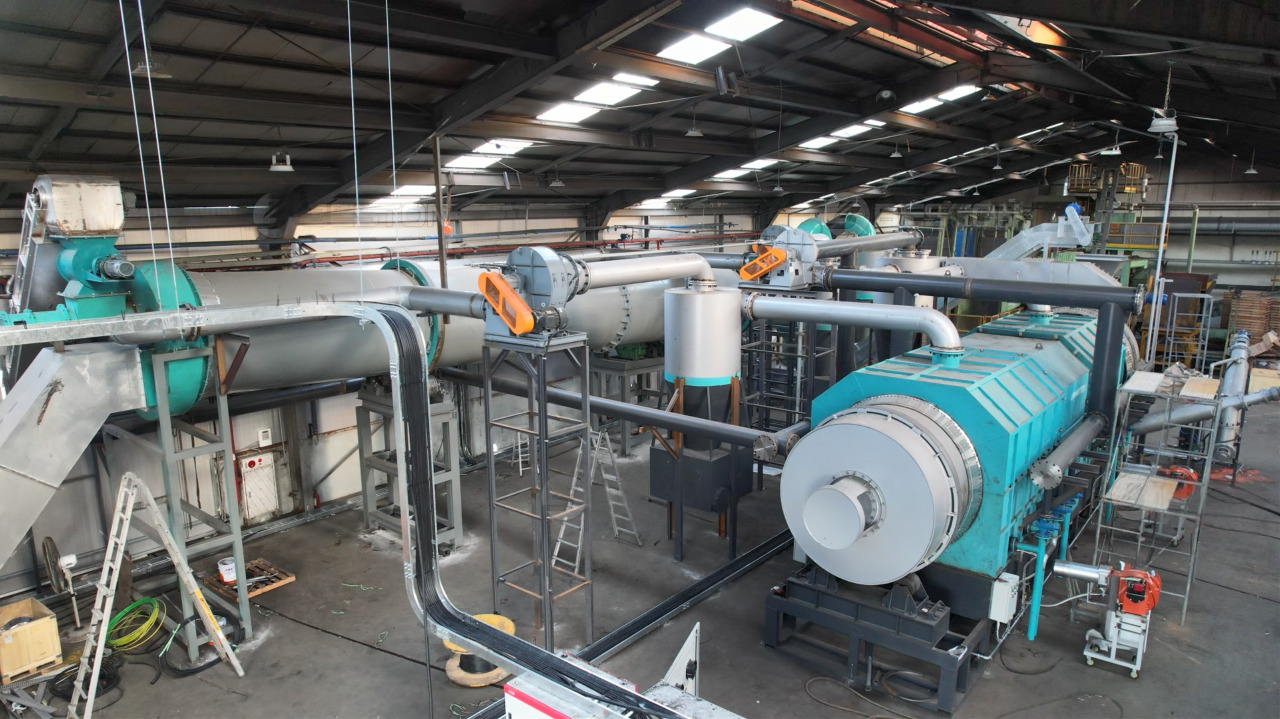Market Opportunities Derived from Tire Pyrolysis Output

End-of-life tires represent a global environmental challenge, yet their decomposition through controlled thermochemical conversion unlocks significant commercial opportunities. A pyrolysis plant processes waste tire into four principal fractions: pyrolysis oil, recovered carbon black, steel wire, and combustible gas. Each of these products offers distinct value streams in industrial applications and commodity markets.
Pyrolysis Oil as a Substitute Fuel and Feedstock
Pyrolysis oil, often referred to as tire-derived oil (TDO), accounts for 35–45% of the mass yield in a standard tire pyrolysis process. Its high calorific value—typically between 40 to 44 MJ/kg—positions it as an effective substitute for industrial heating fuel. It is widely utilized in furnaces, cement kilns, and brick factories, especially in jurisdictions with high fossil fuel tariffs or restrictions.
In regions with refining infrastructure, pyrolysis oil can undergo further distillation and hydroprocessing to isolate diesel-like fractions. This enables its application as a marine fuel blendstock or even integration into circular petrochemical chains. Certain markets also value TDO for its aromatic compound content, useful in specialty chemical production.
Recovered Carbon Black in Material Reinforcement
Recovered carbon black (rCB) is a solid output comprising approximately 30–35% of the input tire mass. Its primary application is as a reinforcing filler in rubber manufacturing. While it differs from virgin carbon black in surface area and purity, rCB is increasingly adopted in non-critical applications such as hoses, shoe soles, conveyor belts, and automotive interiors.
Advanced post-treatment—such as milling, pelletizing, and ash reduction—can improve its market grade. As carbon black prices fluctuate due to feedstock oil prices and supply chain constraints, demand for cost-effective rCB continues to grow, particularly in regions prioritizing circular manufacturing and low-carbon inputs.
Steel Wire as a Recyclable Alloy Resource
Steel constitutes roughly 10–15% of a tire’s total weight. In a tyre pyrolysis plant, this high-tensile alloy is recovered intact and magnetically separated. Cleaned steel wire can be sold to scrap yards or directly to mini-mills and foundries as a valuable ferrous input.
Given that steel prices are influenced by global infrastructure demand and energy costs, recycled tire steel presents a resilient revenue stream. Moreover, regulatory trends promoting extended producer responsibility in tire manufacturing drive higher recycling rates and associated economic incentives for metal recovery.
Non-condensable Gas for Onsite Energy Integration
The non-condensable fraction of gases generated during pyrolysis—primarily methane, hydrogen, and light hydrocarbons—is typically recirculated within the pyrolysis plant to fuel the reactor itself. This self-sustaining loop reduces dependence on external energy sources, cutting operational costs.
In more advanced installations, surplus gas can be stored, compressed, or combusted in cogeneration units to produce electricity or hot water. The gas, though not commonly sold due to storage limitations, enhances the overall energy balance and improves the internal rate of return on plant investment.



